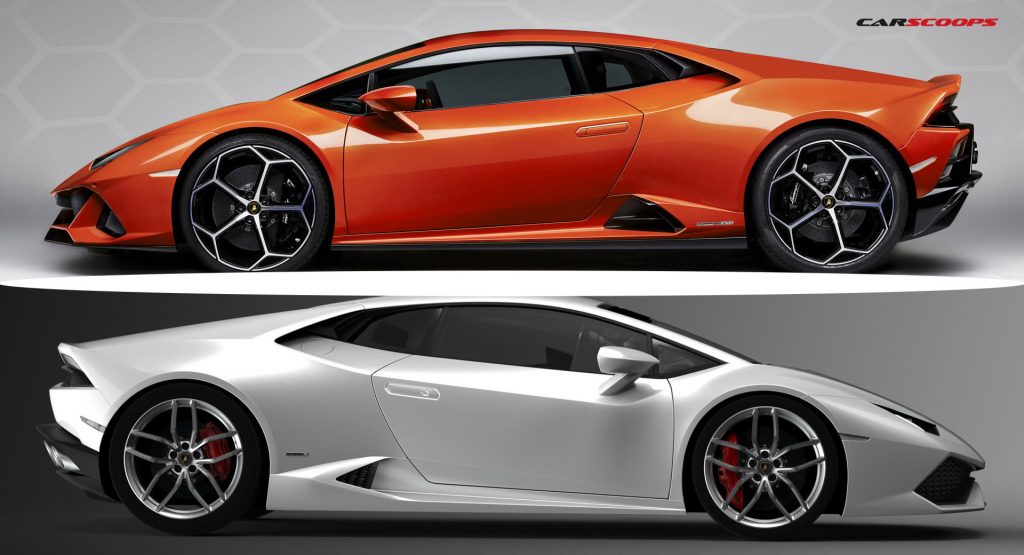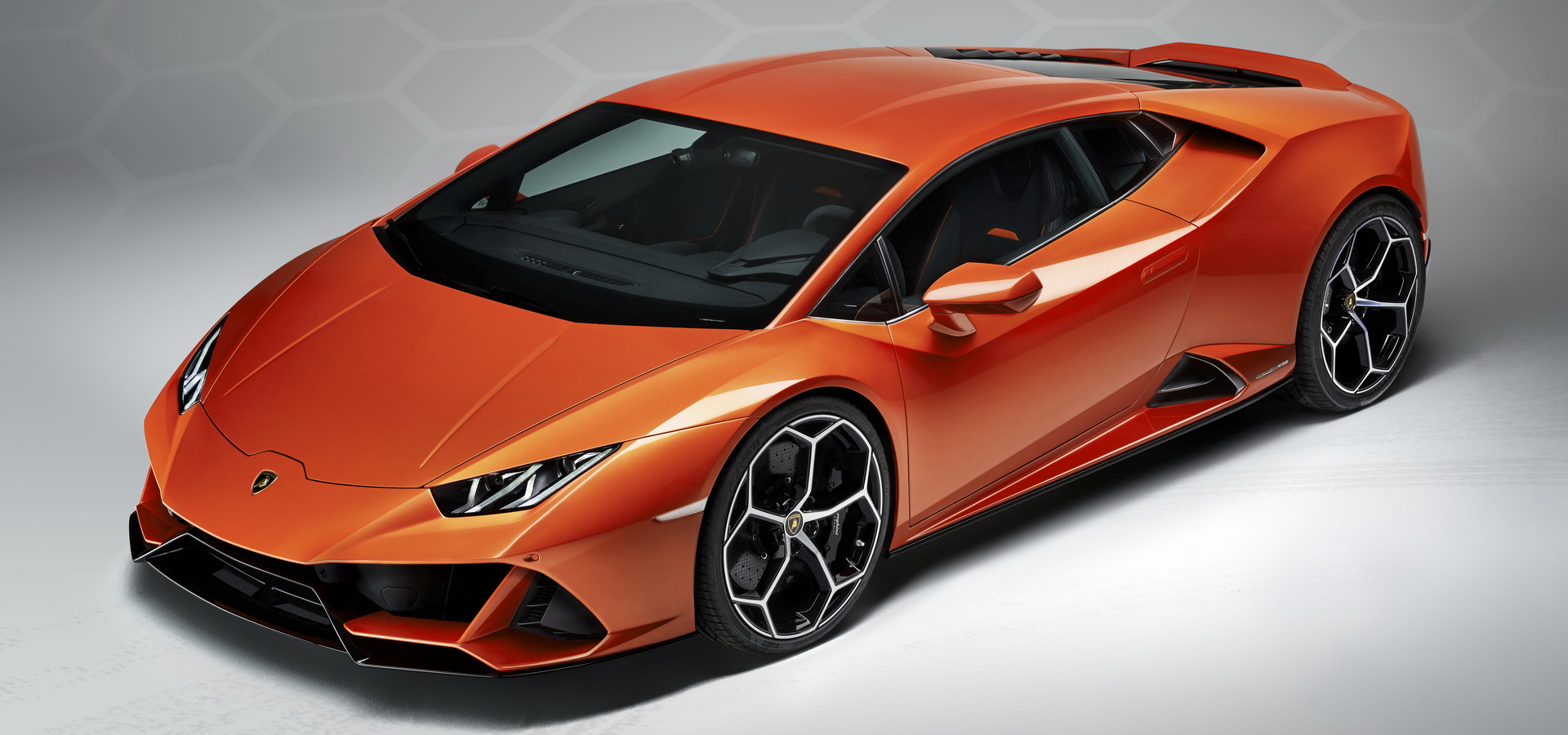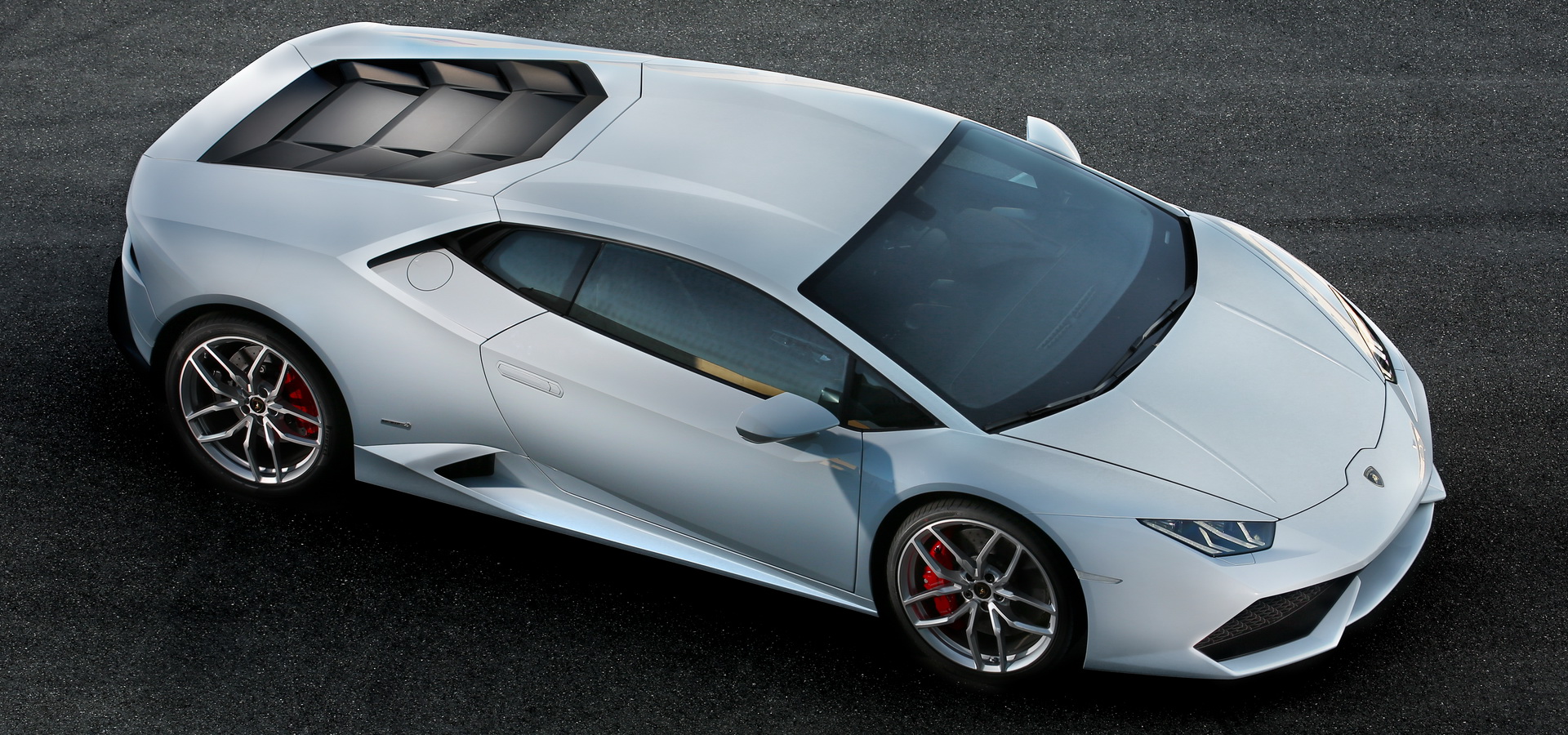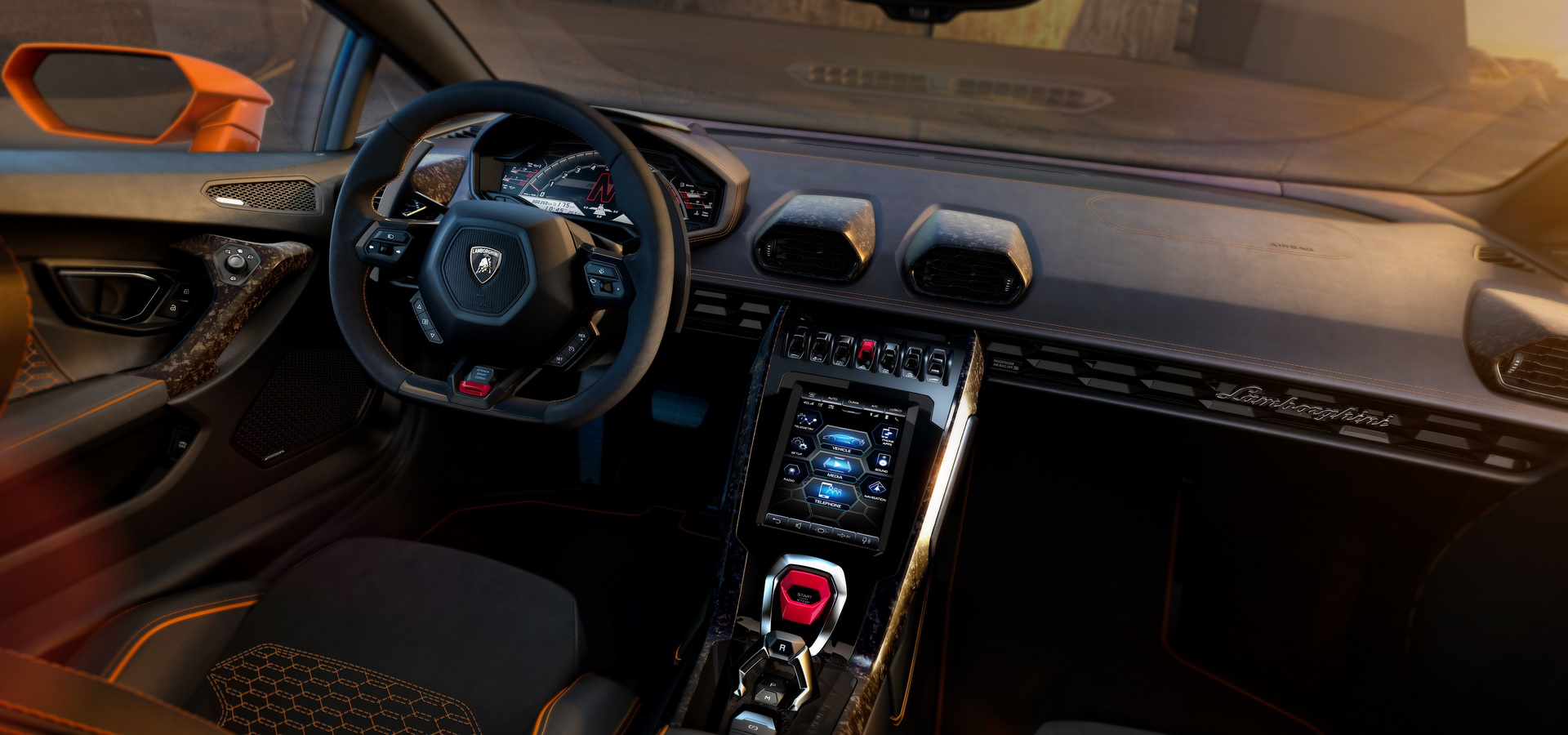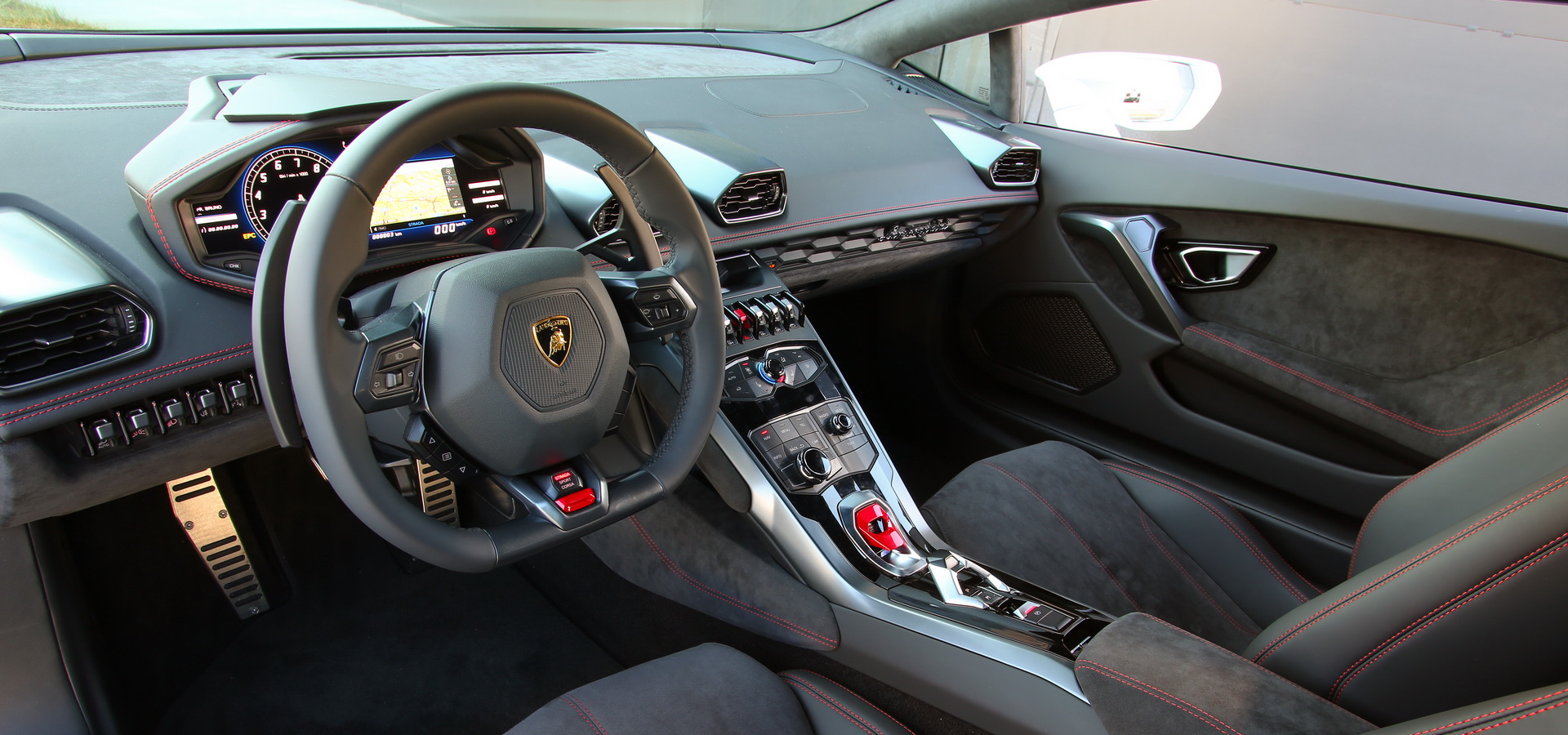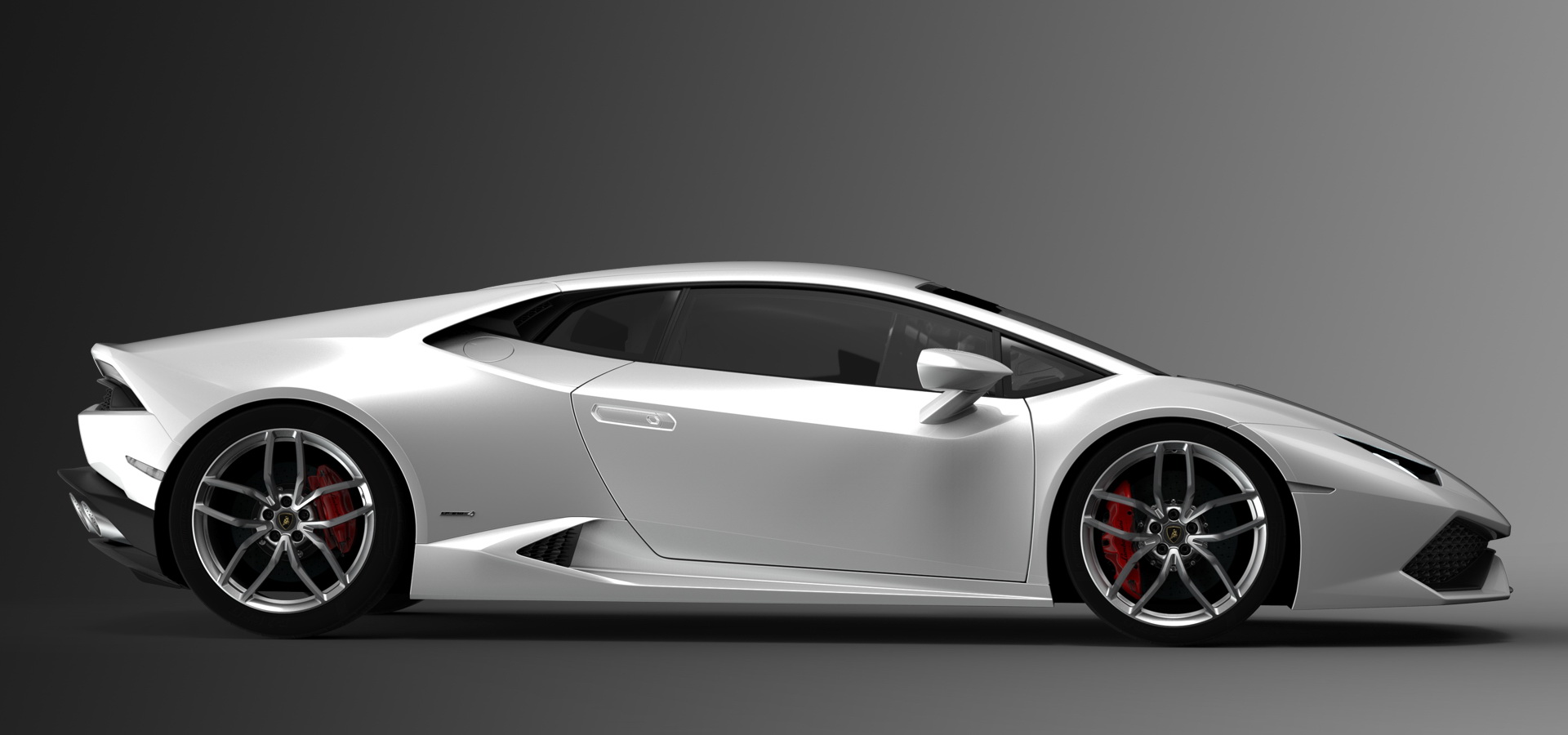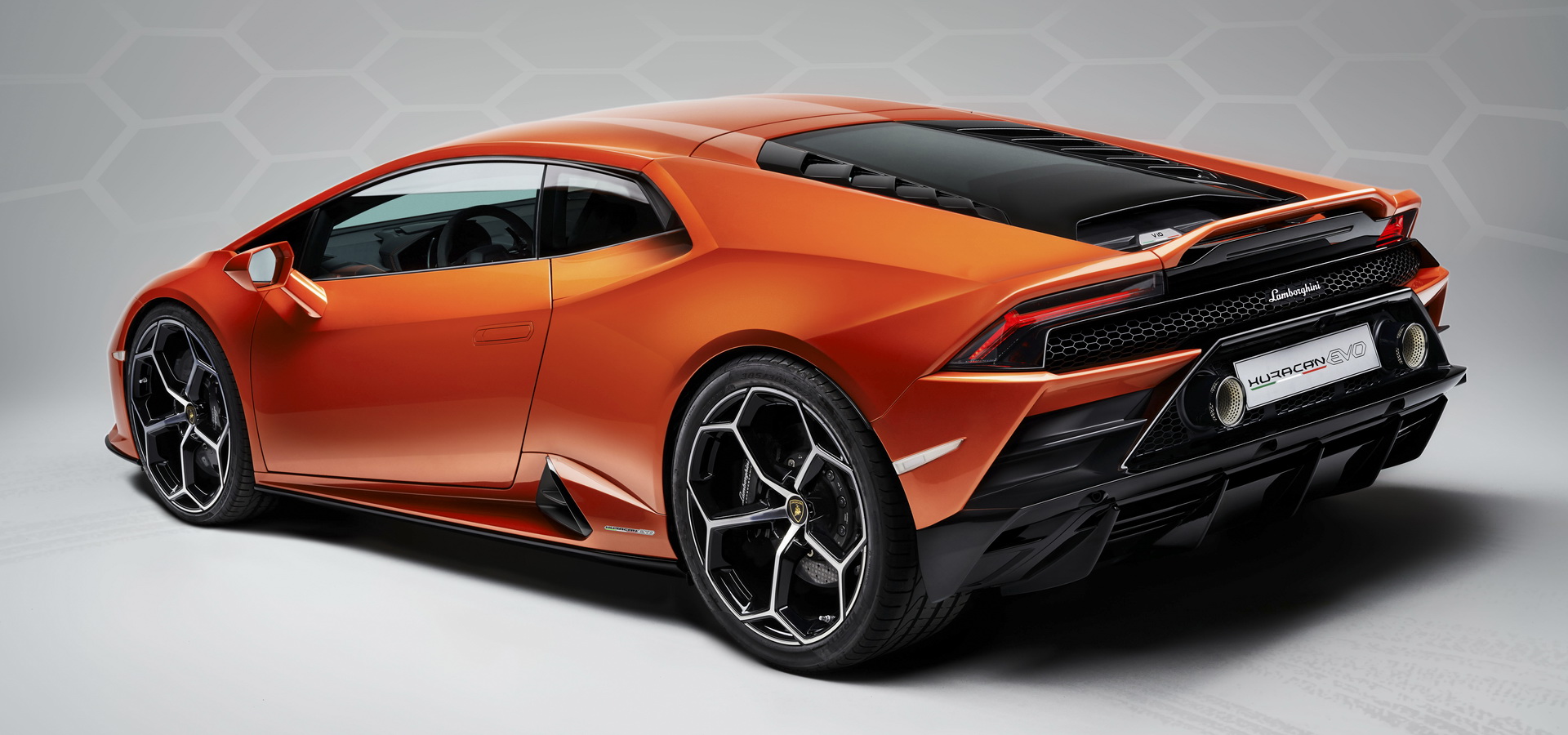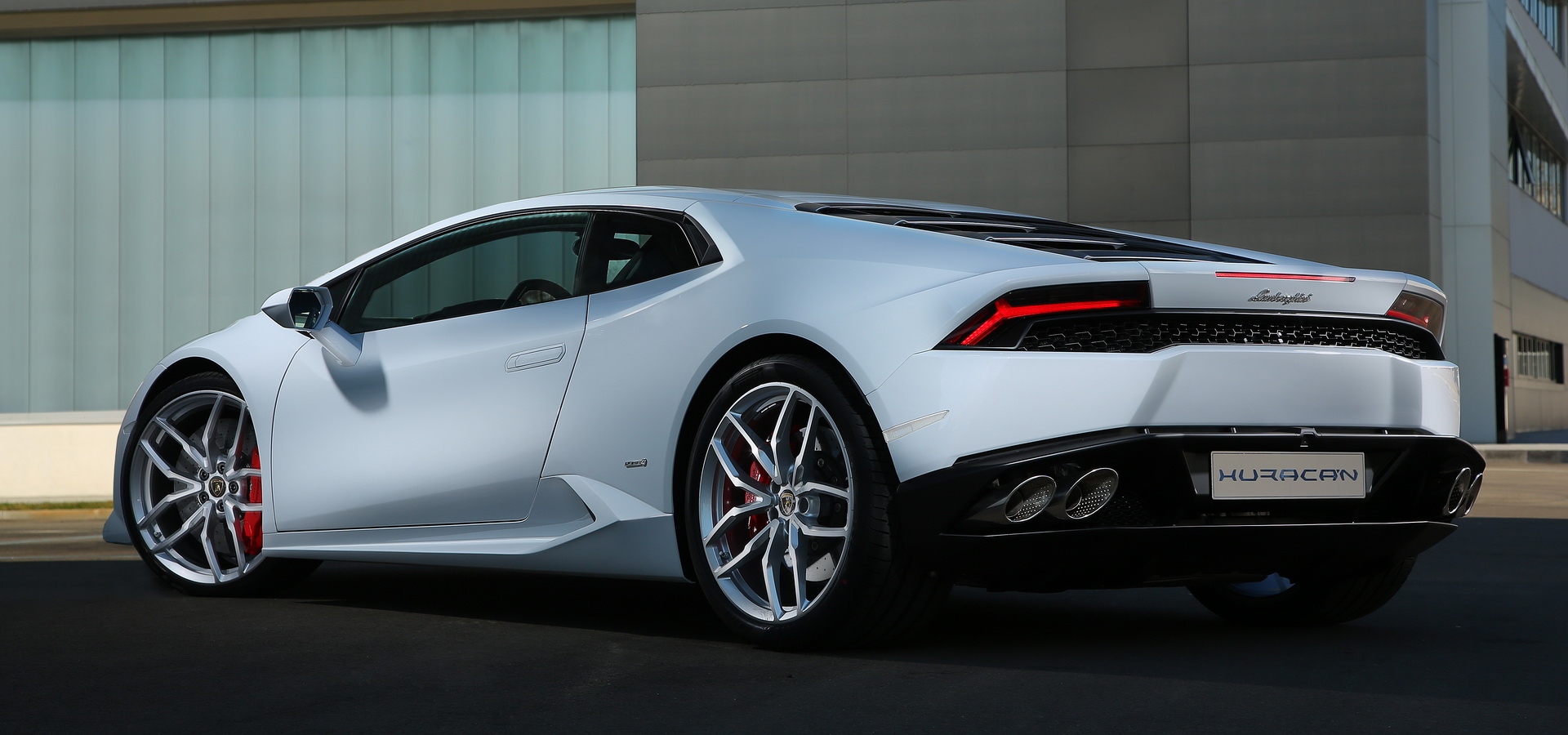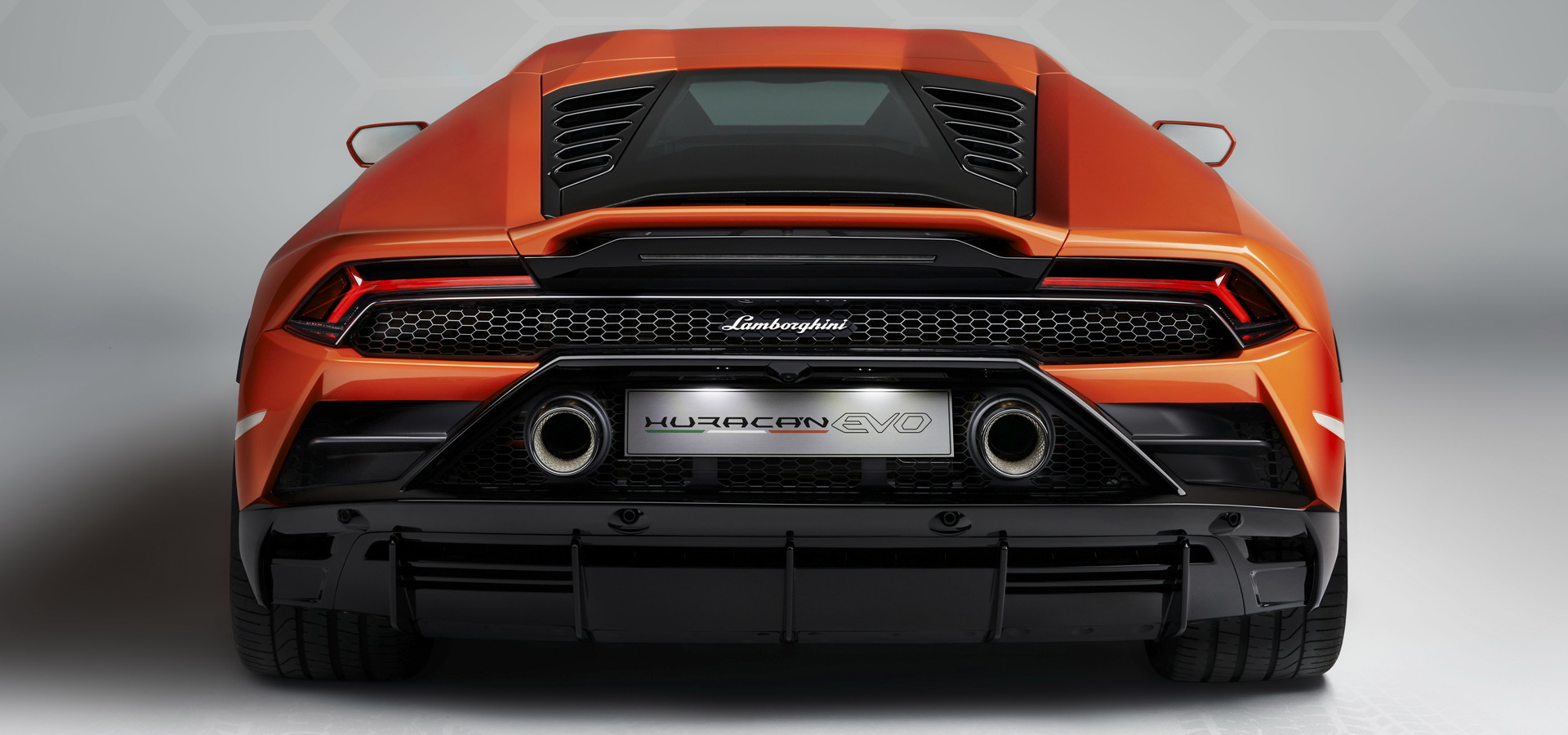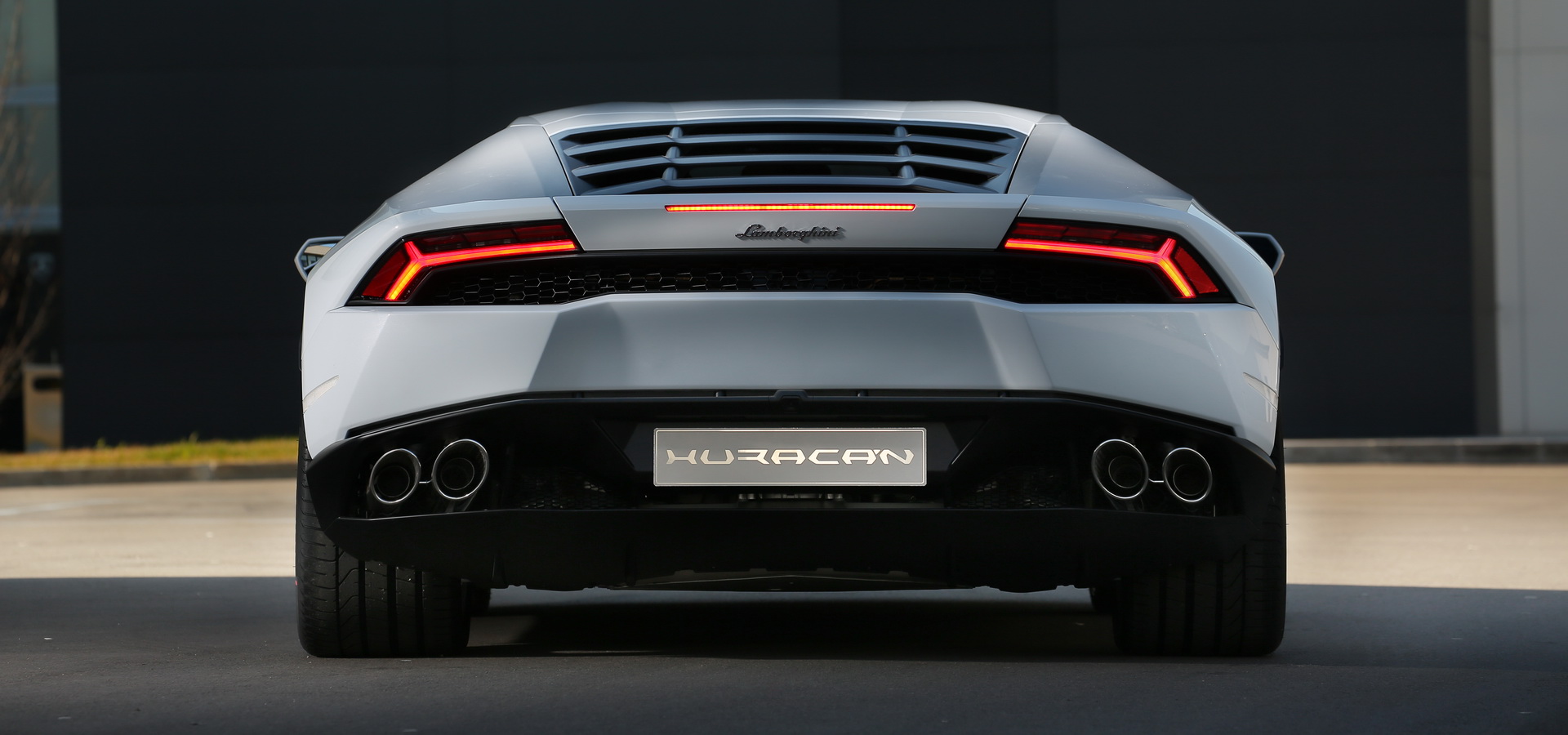Even though there’s not a lot of extra power available to the Huracan EVO when compared to its predecessor, this new iteration of the baby Lambo should still be superior when compared to the LP 610-4.
Take note of the stats of the original Lamborghini Huracan, which came out back in 2014: a zero to 100 km/h (62 mph) acceleration time of 3.2 seconds; top speed of more than 325 km/h (202 mph); carbon ceramic brakes as standard; optional variable steering and adaptive suspension.
It’s all about progress
When Lamborghini first launched the Huracan LP 610-4, it was heralded as the ideal 911 Turbo rival, an exotic supercar you could actually live with on a daily basis, and go about your business in a more relaxed manner as opposed to what that experience would have been like in a Gallardo.
On paper, you could hardly ask for more. It was a 3-second supercar with ultra-aggressive looks, all-wheel drive and a surprisingly comfortable interior.
Four years later, the recipe is the same. Heck, it’s downright identical, except that improvements have been brought forward so as to help the nameplate stand tall against rivals such as the upcoming all-new Porsche 911 Turbo, or even the updated Audi R8, which is the most Huracan-like supercar you’ll find out there, for obvious reasons.
The design
Starting with styling, there’s nothing radically different about the design language. The EVO though does come with a new front spoiler, larger Y-shaped air intakes, new wheels, new side air intakes, twin exhaust pipes like on the Performante and an integrated slotted spoiler. If the front end doesn’t look all that different, the rear section certainly stands out as being a lot “busier” from a visual standpoint.
Then there’s the interior, which is now a lot more colorful, to say the least. You can definitely personalize a new Huracan EVO in a lot more detail than you could the LP 610-4, and end up with a more luxurious cabin – not to mention more high-tech, with a 8.4-inch touchscreen display mounted in the center console, available multi-finger gesture control, Apple CarPlay with smartphone integration, connected sat-nav and more.
Still, the steering wheel and paddle shift designs are the same, which is maybe a tiny bit disappointing.
The bottom line
In the end, there’s no doubt that the new Huracan EVO is technically a better car than the original Huracan. Not because of its appearance though, and you could argue that the 30 PS (24 HP) difference isn’t anything to write home about either. However, the EVO does come with rear-wheel steering, an upgraded suspension system, upgraded all-wheel drive and better steering response, which means that it should be a whole lot more fun to drive.



